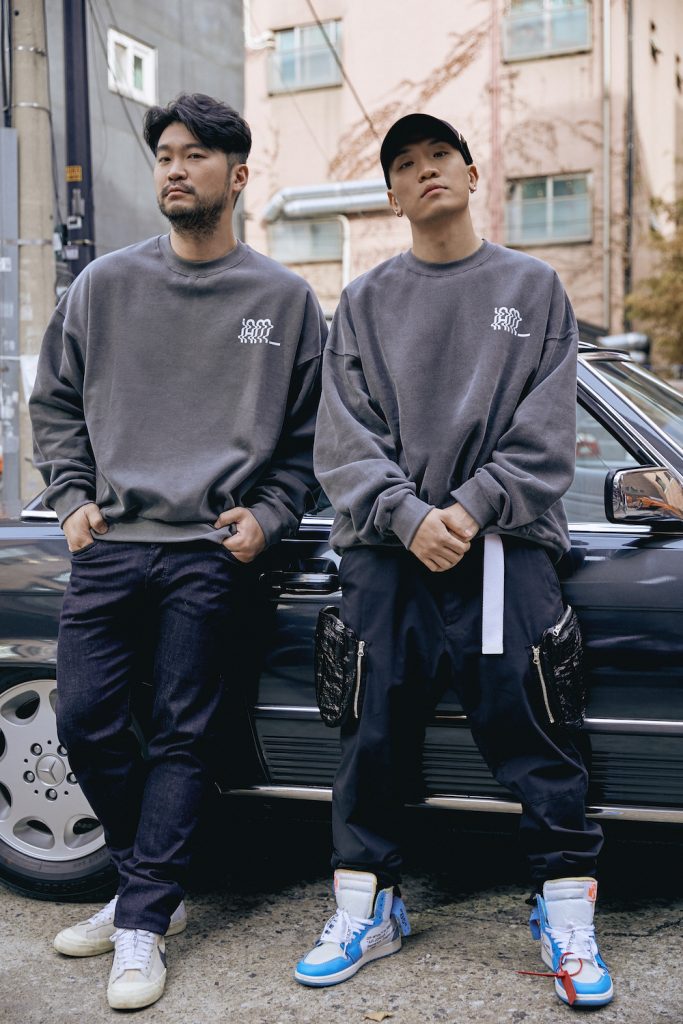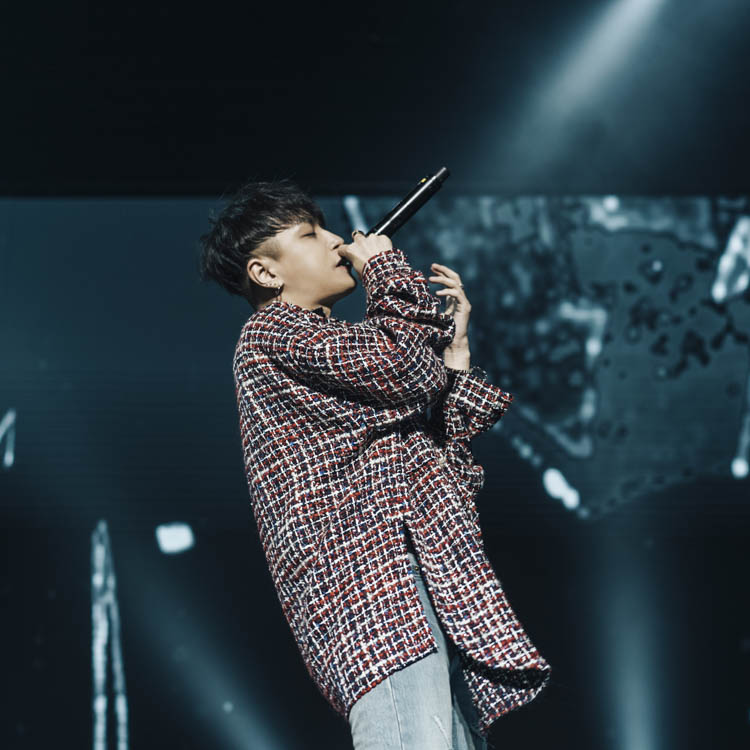
Dynamic Duo rapped out the catchy line, “In the end, a title song is needed. Wanna make it rain, money, money, the smell of cash,” in their 2015 release featuring Verbal Jint, “Title Song.” The song’s solemn melody and lyrics outline the expectations of music making in an industry that needs to respond to its audience. The Korean hip hop industry and its listeners have come a long way since, though whether it is positive growth or not demands evaluation.
The Economist recently pointed out a prominent shift taking place among composition of popular music:
“Composers are adapting to what they think is being looked for. Hit songs are shorter. Intros have become truncated… Choruses are starting sooner (see chart). Take this year’s most-streamed Spotify track. The first notes on “Señorita”, by Shawn Mendes, preview the refrain, which arrives 15 seconds in and is a fixture throughout the playing time of 3:10.”
Shifting this observation towards the preferences of Korean hip hop fans these days, it is worthwhile to analyse the evolution of hooks within hip hop releases. With the country’s love for festivals, be it University performances or Summer festivals of all kinds, the need to hype and capture the crowd places pressure on artists to create immediately catchy music.
The way Korean hip hop songs work its appeal to the masses is often through their hooks. Almost self-explanatory with its label, hooks are meant to hook listeners into finishing the song. In our present day, they work to motivate more streams and from there on out is how more money enters the pockets of our beloved producers and artistes. Hooks might have been used to describe a combination of melody, rhythm, and lyrics, but in Korean hip hop, it is most often used to describe a killer phrase that is too cool to handle and great to chant to at a live performance.
Legendary hooks that have been penned down include Illionaire Records‘s “YGGR,” Epik High‘s “Kill This Love,” Simon Dominic‘s “Simon Dominic,” and tons of others more. These point towards a certain wittiness and ingenuity in musical composition, but there seems to be a more insidious evolution of music in recent years as listeners crave more and more from artists.
The solution to this demand for instant gratification? Artists seem to be increasingly placing hooks at the start and drilling it into the minds of listeners. This is not a new phenomenon, considering the aforementioned “YGGR” and its legendary opening was release in 2014. Yet, the current demands of audiences and the rapidly expanding hip hop industry in South Korea sparks speculations as to whether hooks too will be increasingly shifted to dominate song openings.
As the number of artistes increase due to the popularity of Korean hip hop, it becomes harder to impress. It is not rare to find lamentations of how releases are starting to blend into each other and sound the same. Having a darn good hook might not be enough in an environment where audiences want to be blown away within the first 30 seconds of a song.
Survival programmes like Show Me the Money or High School Rapper demand immediate appeal to audiences. It is on such shows where hooks are strategically placed at the beginning of songs. These production choices are evident in songs like Superbee‘s “Uck” during his Show Me The Money stage or the multiple releases under Dingo Freestyle‘s programming which have pushed many artists into the spotlight (think H1ghr Music’s “Giddy Up” or Giriboy‘s “Flex”).
These songs are fun to vibe to and do their worth in providing performance value. They make a live audience want more from performers; they are great for rolling in the cash. However, noticing this trend is more than fun and intrigue, for such a shift opens up questions as to what listeners have exchanged in return for immediate gratification.
In an era of music streaming platforms like Spotify, Melon, YouTube, and numerous more, listeners have to make a conscious effort to sit through an entire album from start to end. Listeners can easily skip between albums and curate playlists of their own, dismissing the flow of an artist’s tracklist if they so desire. The result is a choice to forgo attentiveness and focus, in the process encouraging impatience. The quicker audiences demand to be entertained, the less likely they will be patient when it comes to appreciating other productions of art or otherwise.
This leaves artists little room to be creative in terms of genres or music styles, or at the very least, always pressured to produce that catchy song on their album once they have found success with it previously. There is decreasing space allowed to be mellow without being eye-catchingly dramatic, even though this demeanour is also a part of being human and deserves its creative representation. Being sad should be left at home, not at festivals or party arenas. At the other end, what matters the most on the side of music makers are the profits that come from popularity.
At the point of writing this article, the issue of sajaegi (companies fabricating sales numbers through bulk orders) is at the spotlight of the media, with veteran singer Sung Si-kyung revealing how companies offering manipulation of sales numbers interfering with music production, pushing that instrumental intros or interludes should be removed these days from songs.
The unsettling question that surfaces from the current situation has to be whether we, as audiences, have lost ourselves too much in the desire to be entertained. The result of such an expectation is that we desperately need hooks placed earlier and earlier in a song to latch onto before being thrown into yet another whirlwind of beats and spitfire verses about money and cars and heartbreaks.

Singling out this trend is not an attempt at putting down Korean hip hop for its changes, but rather to push for greater awareness as consumers of artistic products like music. There is nothing wrong with enjoying a catchy song, and constructing a satisfying hook still requires much thought and talent. However, it pays for audiences to be more attentive towards the music they are choosing to consume and the evolution of their listening habits. When listeners become aware of such shifts, only then can there be more recognition to differences in music constructions, and a greater appreciation of the spectrum of releases going out every other second.
Listeners may choose to go with catchy at a certain point of time, but they are also aware of the array of other songs available, suited to other atmospheres, and their own impatience. This awareness becomes a point of contemplation and a potential moment to slow down in the appreciation of other music styles. Subsequently, it is only with the reassurance that audiences can allow room for less catchy songs that artists feel comfortable with delivering them and performing them live. There can be a nudge away from generating fast cash to placing a focus back on artistry and experimentation.
There is nothing wrong with having fun and hyping up to a darn catchy song, but listeners have to know what is being lost if they get lost in their desperation to get hooked. In the long run, the Korean hip hop industry can only continue to be appreciated for its novelty and talent if its listeners create space for artists to experiment beyond fixed expectations. In an environment where there seems to be a high risk of assimilation towards the trend, an attentive listening crowd seems to be indispensable for organic growth. Money is one thing, but artistry and diversity is what keeps a music circuit moving forward.
As Korean hip hop paces slowly into the mainstream, hope lies in a defiance against easy productions and complete commercialisation. The onus of this resilience lies not only in the artists themselves, but also in the listeners whom drive the demand for production and set the tastes for which artists respond to. Hooks might be increasingly pushed forward in songs, but there is still time to save melodies and instrumentals from being wiped out forever.
(Genius, Naver, NPR, The Economist, YouTube [1][2][3]. Images via Amoebaculture, AOMG, Dingo Freestyle)
